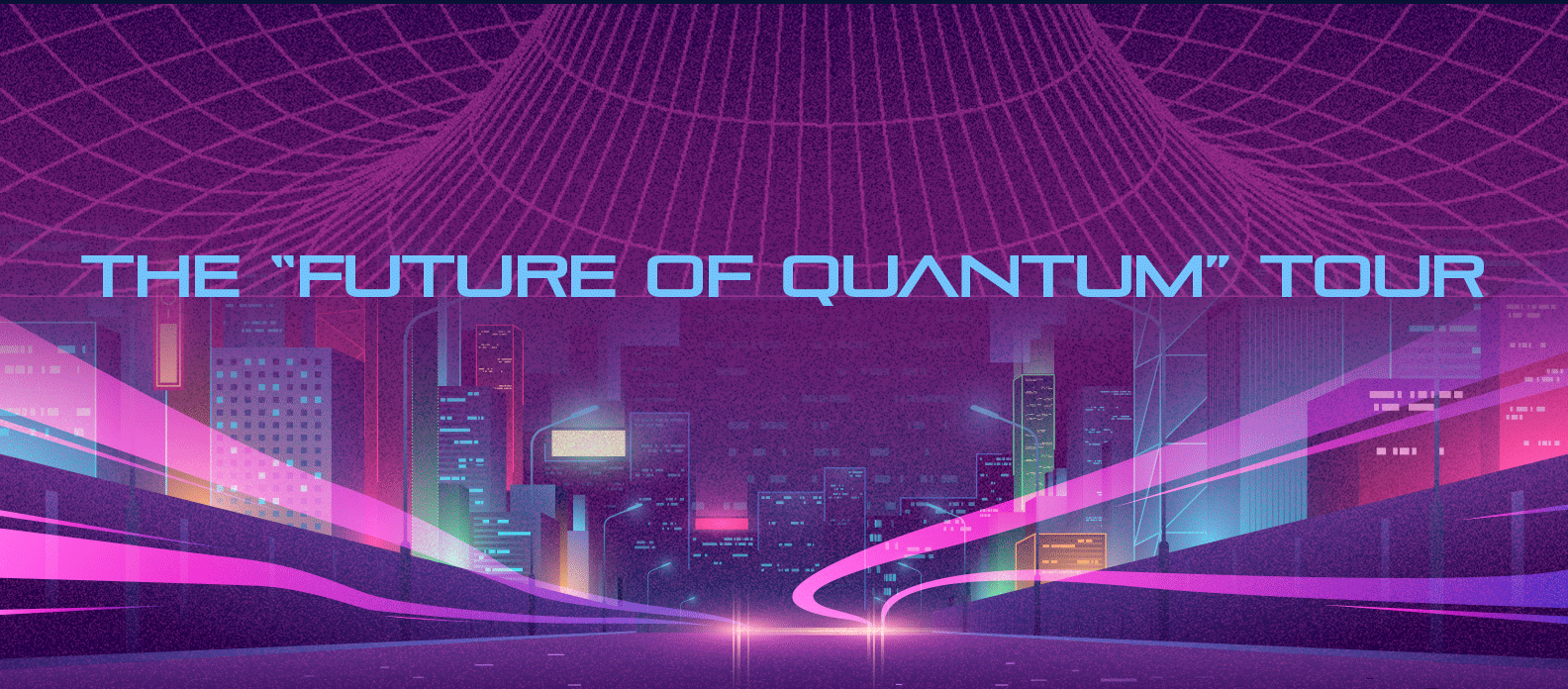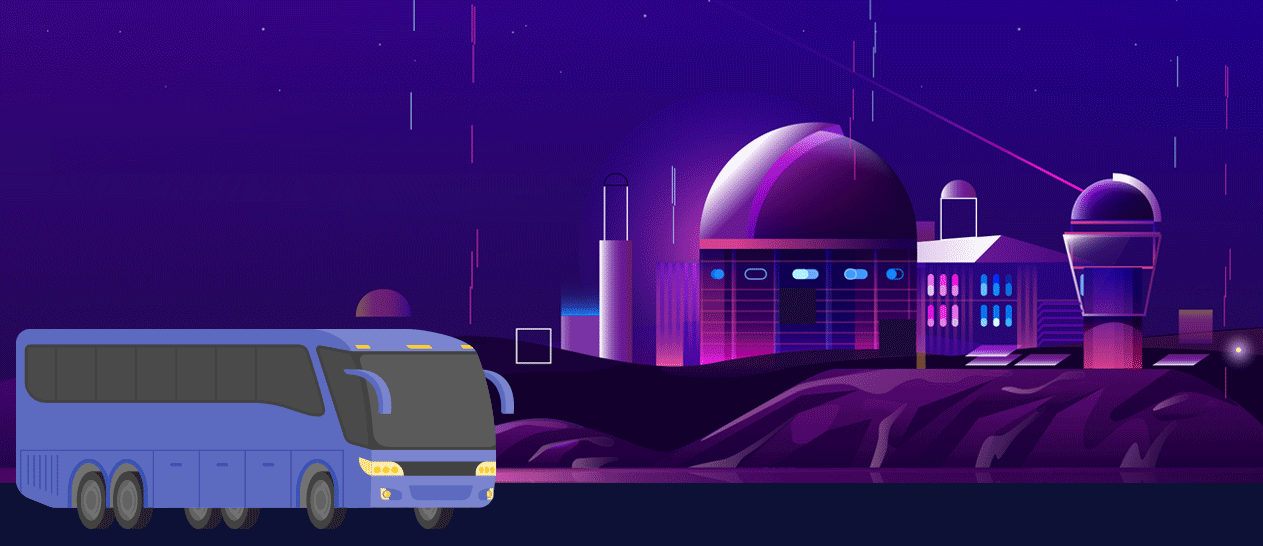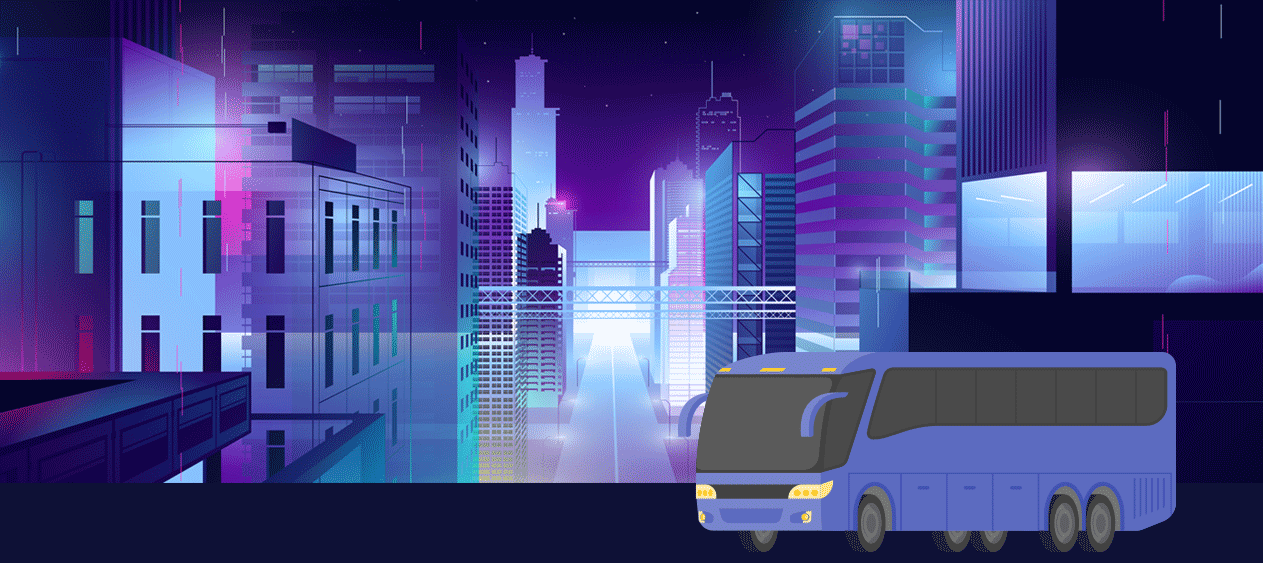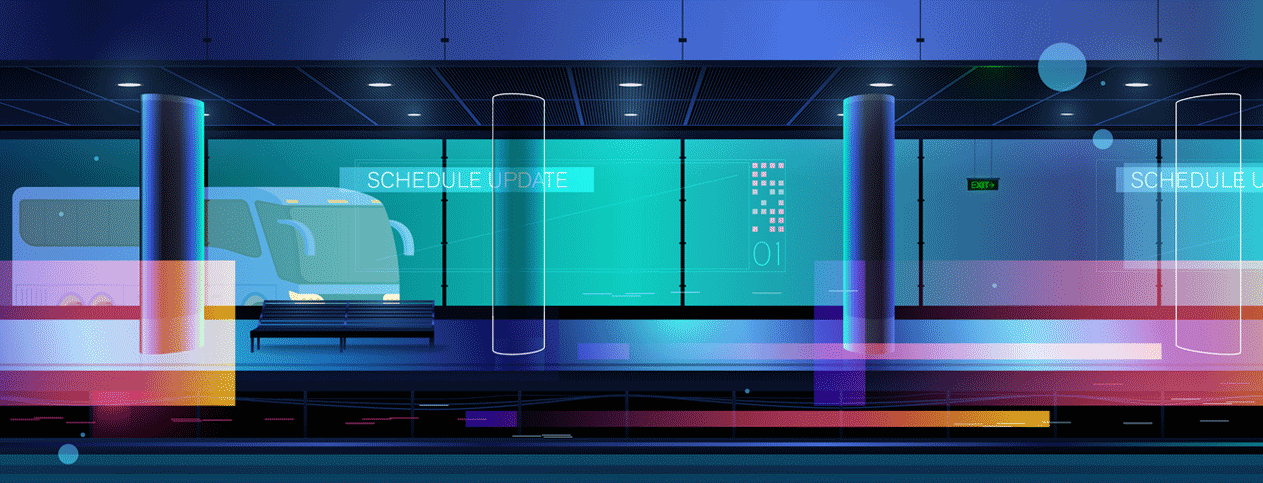
What distinguishes the second quantum revolution from the first? The first revolution uncovered surprising phenomena in the world of the very small. It also harnessed some of the more concrete phenomena, such as how an electron jumps between energy levels in an atom, to revolutionize technology. In general, the second revolution aims to reap additional technological gains from controlling some of the stranger quantum phenomena, such as entanglement.
Theoretical advances and improved equipment have worked in tandem to bring the field to this new dawn. Below, we preview how the second quantum revolution may impact three types of technology: sensors, computers and communication networks.
While governments and businesses are pouring money into quantum, and news of "breakthroughs" rocket around the internet daily, remember that the revolution is just getting started. The road ahead is still in a superposition of possible states. The field remains to be defined by those who choose to work in it.

Sensing Sector
Imagine that thousands of years ago, a hunter took shelter in a cave, fell asleep, then suddenly awoke. His eyes strained to discern shadowy shapes, while his brain raced to interpret the rumbling that interrupted his slumber. Was it a rockslide? The roar of a big cat? The crunch of an approaching enemy's footsteps? From our earliest days as a species, the quality of our senses has carried life-or-death consequences. Technology has enhanced our natural perceptions. Sensors in devices such as night vision goggles, MRI machines, and earthquake monitors can all spot hidden dangers.
The second quantum revolution will likely further boost our sensing powers, making possible new applications ranging from lifesaving to moneymaking to awe-inspiring. While early quantum sensors such as atomic clocks debuted decades ago, recent leaps in scientists' ability to control finnicky quantum systems promise to deliver an accelerating stream of new and improved devices -- ones that are smaller, cheaper, faster, more sensitive or more precise. Many sensors capitalize on quantum systems' exceptional fragility, turning a feature that's a weakness for technologies such as quantum computers into an asset for detecting absurdly tiny changes in the environment.
Some new devices will likely be designed to help scientists solve some of the universe's toughest mysteries, such as the makeup of dark matter. Other new sensors could land in the hands of doctors, engineers, construction workers, prospectors and spies, among others, who may use them to screen for disease, search for hazardous materials, steer autonomous cars, or reveal buried infrastructure, deposits of natural resources or hidden weapons. Some scientists predict sensors will form the vanguard of the new revolution. The Sensing Sector may get less publicity than other Quantum 2.0-ville technology areas, but its impact may be the earliest to ripple into everyday life.

Computing District
In 1901, divers exploring an ancient shipwreck off the coast of the Greek island of Antikythera brought up a mysterious lump of bronze and wood that researchers have since declared the world's first computer. Built around 2,000 years ago, it likely employed an elaborate set of hand-cranked gears to predict the movements of the moon and stars.
While all computers process information, they can use vastly different methods to do it, as the Antikythera mechanism shows. Quantum computers add to this diversity -- and their transformative power will likely be most evident in the applications that best exploit their fundamental differences from the traditional digital computers that have pervaded modern lives.
The differences start with three main quantum concepts: superposition, entanglement and something called wave functions, which tell researchers the probability of measuring particular properties of a quantum system.
Superposition allows the computer to handle a mind-boggling multitude of information using comparatively few physical objects, while entanglement lets the computer operate on all that information in concert. However, the quantum computer cannot output all that information. When the results of any calculation are accessed, the superposition is destroyed. So, what's the point? There isn't much of one unless you can cleverly boost the probability that the one state left standing is the "right" answer to the question you asked. Inside a quantum computer, the probabilities of getting particular outputs slosh around like waves, and these waves must be coaxed into peaks that ultimately elevate the most useful information.
The theoretical groundwork for quantum computers was first laid in the 1980s. American physicist Richard Feynman imagined using one to simulate nature, while mathematician Peter Shor later rocked the fledgling field when he showed how an advanced quantum computer, if ever built, might break a common encryption method. More recently, university labs and private companies alike have constructed rudimentary versions of actual machines. Yet many challenges remain to be surmounted before quantum computers significantly impact society. Since outside influences tend to destroy the computers' delicate quantum states, the current machines can only solve simple or very specific problems. Improving the machines themselves should expand their impact. New ideas about which problems might benefit most from the services of a quantum computer are also needed. It may be that the most common application for the machines in the future is one that we haven't even thought of yet.

Communications Central
Humans have been sending messages to each other for millennia -- from soldiers in ancient times lighting fires to signal the approach of enemy armies to modern teenagers sharing TikTok videos with their friends.
With the advent of the second quantum revolution, scientists are taking communication into the quantum sphere. Over the past several years, they have conducted the first successful experiments laying the groundwork for quantum networks, akin to when researchers first sent a couple of letters of the alphabet over the internet in 1969.
Quantum networks will send information in the form of particles balanced in delicate superposition states. The particles can be entangled with each other so that measuring one tells you something about the others. Quantum networks should be ultrasecure, since any third party trying to access the information would destroy the superposition, revealing their snooping. Since the networks send messages in the quantum language of superposition and entanglement, they also offer the chance to connect quantum devices that speak this language.
Several groups around the world have successfully shared quantum information over short distances using fiber optic cables, but sending the information farther has proved to be a challenge. One key issue is boosting the signal without "measuring" the particles, which would destroy the quantum state. To extend the reach of quantum networks, scientists are working to design devices called quantum repeaters. They're also experimenting with using satellites to send particles zipping through space instead of through fiber optic cables.
Taken together, these early steps have demonstrated the possibility of harnessing the weirdness of superposition and entanglement to communicate in new ways.
The New Quantum Frontier is brought to you by Inside Science, an editorially-independent news service of the American Institute of Physics.





